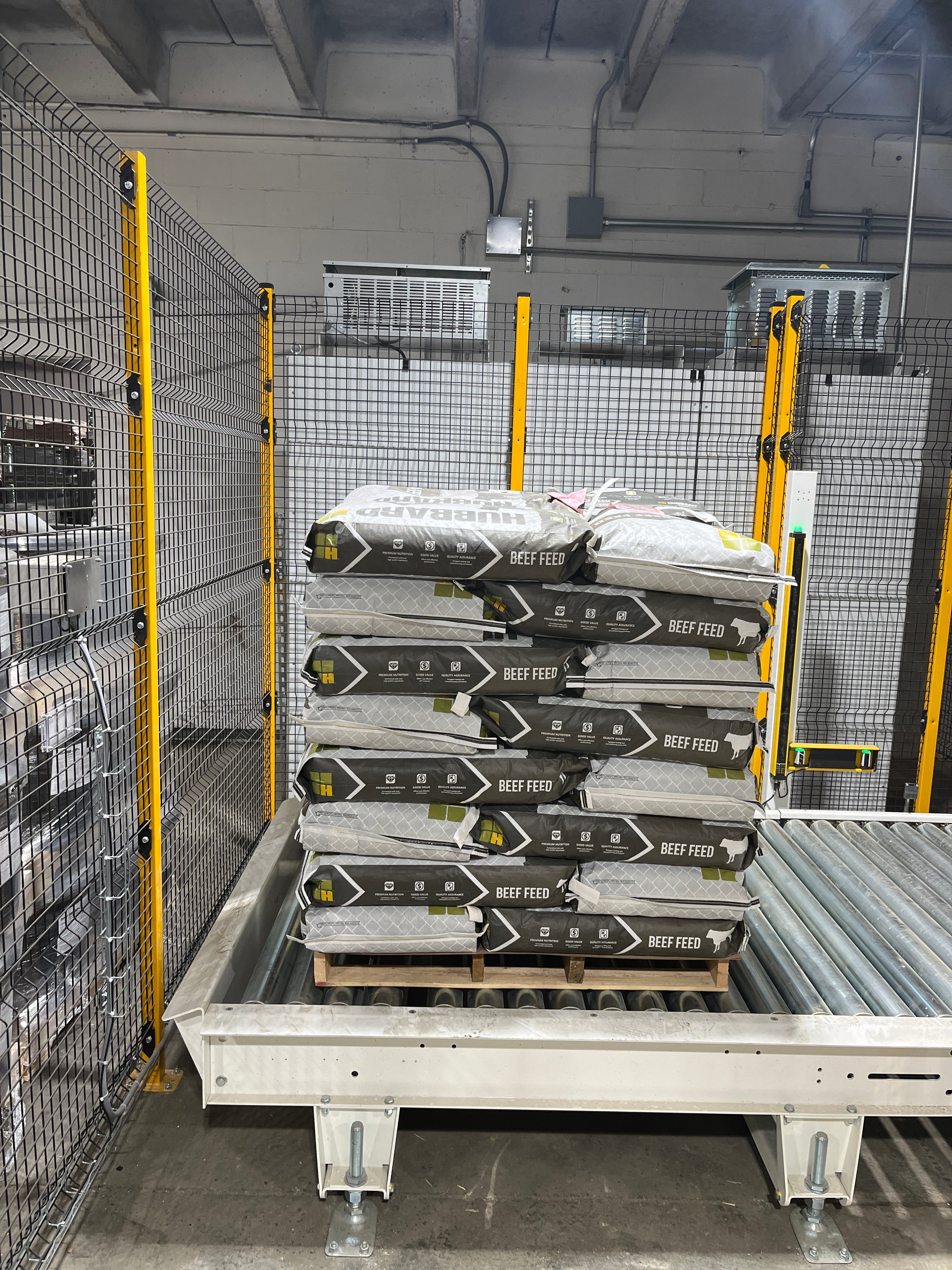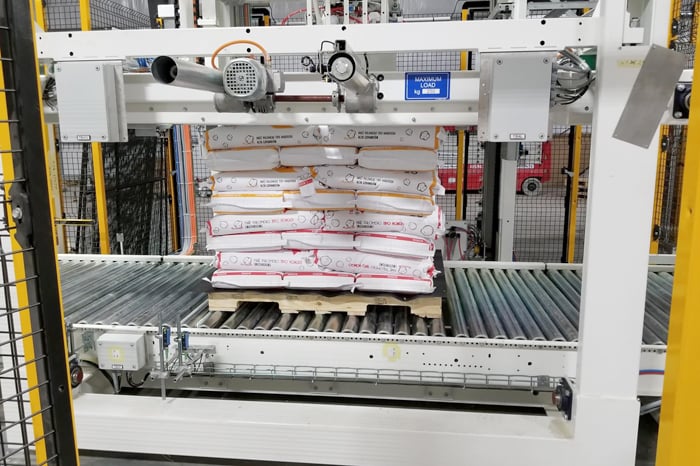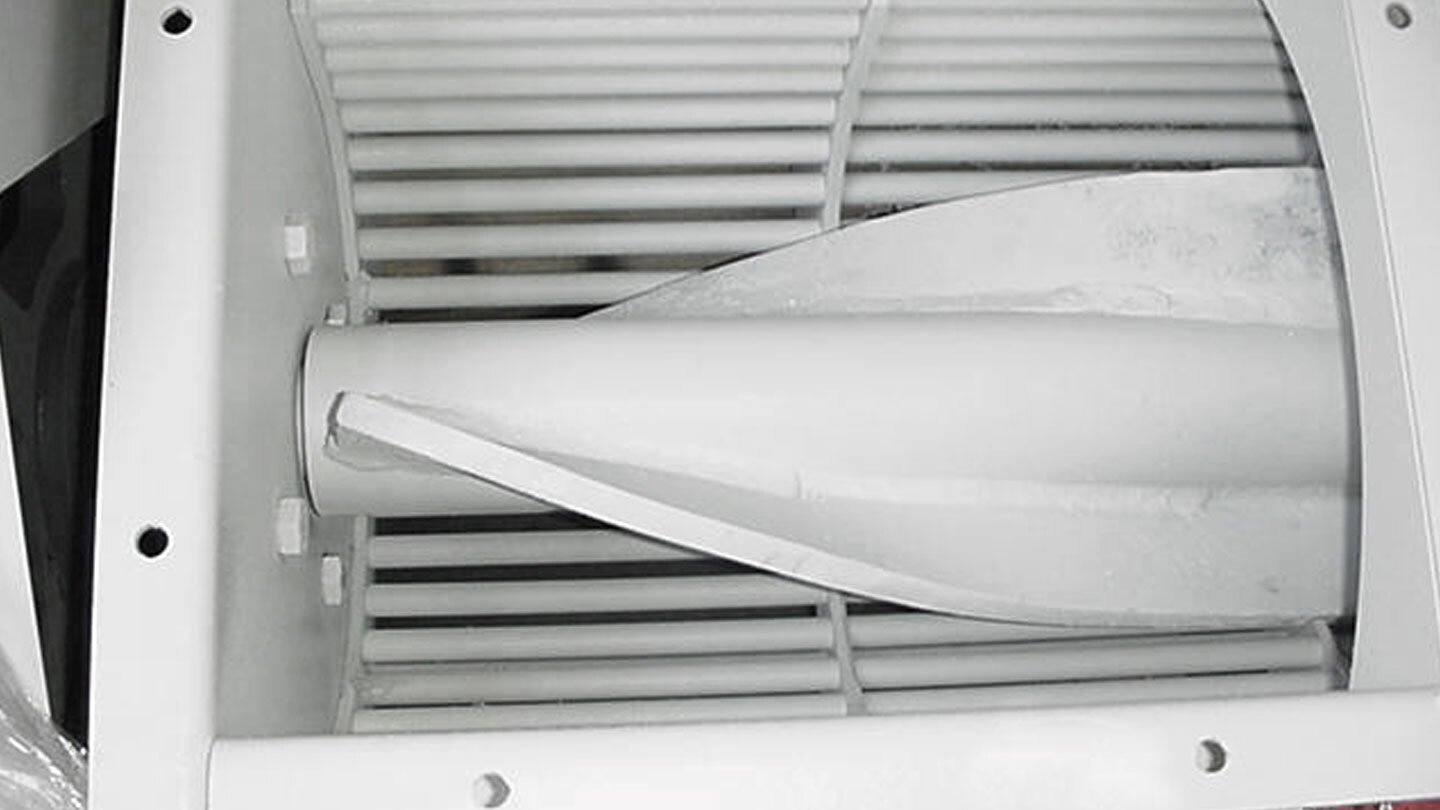Industry Insider's Guide to Navigating Efficient Palletizing Operations

Efficient palletizing isn’t just “nice to have”; it’s an absolute must for any modern facility looking to stay competitive. The global palletizer market is set to experience substantial growth over the next few years, driven by advancements in automation. Your palletizing process impacts everything from how quickly products move through the supply chain to your ability to keep costs down and reduce manual labor. The world of palletizing is changing fast, and keeping up with these changes is key to maximizing efficiency.
Understanding Modern Palletizing Technologies
Technology moves fast, and with so many new products out there, understanding the different types of palletizers that are currently available is critical to picking the right one for your operation.
Robotic Palletizers
Robotic palletizers are a big deal these days because they are incredibly versatile. They can be used with all sorts of packaging types like bags, bundles, bales, or boxes. They can handle multiple feed conveyors, which is perfect for facilities with tight spaces or multiple bagging lines running at the same time. Other types of palletizers typically only handle one infeed at a time, requiring identical products and packaging to work smoothly. If you have two bagging machines and want to send products from both to a single palletizer, then a robotic palletizer is your best bet.
Another benefit of automated robotic palletizers is that they have a very high level of accuracy and maneuverability. It’s easy to place bags in any programmed palletizing pattern. Robotic palletizers can alleviate the safety hazards that come with workers manually palletizing products and increase the speed and consistency of the entire packaging process.
Hybrid-Robotic Palletizers
Hybrid-robotic palletizers offer flexibility that’s similar to robotic palletizers but have simpler, more cost-effective features that some operations may find appealing. They include a robot-style end tool that picks and places each bag as well as the layer squaring and layer compression benefits of a conventional palletizer. In this way, they combine the ability of a robotic palletizer to overlap bags and build any layer pattern with the uniform, compact palletization achieved by a conventional palletizer. This hybrid option is ideal for powdery or granular products that require overlapping, squaring, or compressing. It can handle bags, boxes, and bundles.
High-Level and Low-Level Palletizers
High- and low-level palletizers get the job done with more traditional setups. They tend to work best when handling uniform products, as they build pallets layer by layer. High-level or push-type palletizers build flat layers at incredible speed to make a stable and perfectly square pallet load. High-level robotic palletizer machines can be used for almost any type of bag that requires a flat layer pattern, and they can also stack boxes. They are very simple and require little maintenance, which can increase throughput and efficiency in your facility’s operations.
Low-level palletizers use squaring plates and layer top compression to create stable and perfectly square pallet loads. This is nearly identical to a high-level palletizer, but the low-level infeed system works a little differently, affecting their speed. Low-level robotic palletizers work well when you require a medium, steady speed and flat layer patterns.
Specialized Palletizers
Bag-in-box and case palletizers are specialized robotic machines. Bag-in-box palletizers can stack a wide range of products, including bags, boxes, trays, and bundles, and can place products into pre-made display cartons or shipping boxes. They create a compact footprint, making it perfect for facilities with tight spaces. Bags can be placed in any position on the pallet and can be overlapped to create a stable palletized load—regardless of the bag’s shape and type.
Case palletizers stack cases and cartons on pallets and pre-formed trays. These machines are ideal for packing retail-ready cartons on pallets or into display trays. Equipped with vacuum and servo-adjusted end tooling, they can place the product, sleep sheets, and interlayer sheets. Integrate case palletizers into your carton palletizing system to create a truly automated process.
Considerations When Choosing Palletizing Equipment
The right palletizing system can transform your facility’s processes. When you’re considering the numerous palletizing options available right now, there are a lot of things to keep in mind beyond the size of your facility. When in doubt, work with an experienced palletizing equipment provider to help you get these details right.
- Product types and packaging: The type of packaging, such as bags, bundles, boxes, or bales, will directly influence your equipment choice.
- Capacity requirements: Your facility’s output can determine which palletizer is best. If you’re running high volumes, you need a palletizer that can keep up without sacrificing efficiency.
- Integration with existing lines: If you’re adding a palletizer to an existing operation, it’s important to make sure it works seamlessly with your current equipment. This is when partnering with a knowledgeable provider comes in handy.
- Space constraints and facility layout: Make sure to choose a palletizer that fits your facility and meets your needs. For example, the number of infeed conveyors can impact your choice. If you have two bagging lines running at once and need to palletize both on the same machine, a robotic palletizer is the only type that can pick from two places and stack in two places.
Optimizing Palletizing Operations
Maximizing efficiency takes the right equipment and the right strategy. Here are ways you can optimize your facility’s palletizing operations:
Automatic, Recipe-Driven Changeovers
Using palletizers that support recipe-driven changeovers allows you to quickly adjust for different products without a lot of downtime. This kind of automation helps you switch between product lines easily while maintaining a high level of productivity.
Handling Various Product Weights
Products come in all shapes, sizes, and weights. A palletizer that can handle different weights without compromising the stability of the pallet is incredibly important and appealing for facilities today. For example, lighter products with bags that are large but not very dense require specialized handling. Making sure the palletizer can accommodate such variations and still stack them efficiently is key to keeping things running.
Maximizing Throughput
The right palletizer can help you achieve the highest possible throughput, eliminate dangerous manual labor and optimize layer and pallet patterns to build compact, square and secure pallets.
Efficient Pallet Patterns
Designing the right pallet pattern is a simple step that’s essential to optimizing your operations. For products that need overlapping bags, like grass seed, robotic or hybrid palletizers can create complex patterns. Products that need flat layers, on the other hand, should be palletized by high- or low-level machines.
Safety and Productivity Enhancements
Not only does palletizing improve efficiency, but it can also boost overall safety in your facility. By automating this process, you reduce the need for manual handling. This, in turn, lowers the risk of workplace injuries and creates a much safer and happier workplace for your employees.
Automated palletizing systems are precise, stacking each pallet exactly the same way every single time. This kind of consistency helps improve the overall efficiency and safety of your facility. Automation also addresses labor shortages, helping you manage your workload with fewer workers operating the equipment. This helps ensure productivity stays high and delivery is consistently on time, even when staffing levels are low.
Integration with Complete Packaging Lines
A palletizer works best when it’s part of a fully integrated system. Coordinating your palletizer with the rest of the packaging line can make a huge difference. Strategic integration helps avoid bottlenecks to keep the whole line running as smoothly as possible. For example, choose a palletizer that works in sync with bagging machines to create a seamless flow of products from one part of the process to the next. Then, add quality control equipment like check weighers and metal detectors before products are palletized.
Emerging Trends in Palletizing
The future of palletizing is all about smarter technology and sustainability.
Flexible Machines
Sales and marketing departments are increasingly coming to their manufacturing groups asking for variety in packaging materials and pallet features to compete on retail shelves and protect pallet loads through the distribution channels. Palletizers are increasingly asked to accomodate new features or combine features into one system. Palletizers that can handle multiple package types like bags, boxes and bundles on the same machine as well as palletizers that can accomodate retail ready display boxes are growing in popularity and will continue to do so.
Sustainable Palletizing Solutions
Reducing carbon footprints is an increasing focus in the industry. Sustainable palletizing is becoming a top priority, and it’s important your facility doesn’t fall behind. Companies are looking for ways to use fewer resources while maintaining productivity.
Data Analytics for Performance Optimization
Data should inform your every decision. By analyzing real-time performance data in your unique facility, you can fine-tune your palletizing system to maximize output and reduce waste.
Palletizing for the Future
Planning for the future is just as important as addressing the needs of your facility today. As your business grows, your palletizing system needs to grow with it. Palletizers that can handle a variety of packaging types and sizes will be much more adaptable as your product line evolves over time. Whether you’ll need to handle more products, larger loads, or enable faster throughput, make sure your system has the flexibility to adapt.
The Road Ahead
As palletizing technology continues to evolve, staying on top of the latest innovations and best practices will help you run an efficient operation. No matter if you’re automating for the first time or simply upgrading your current system, making informed decisions now ensures you’re prepared for the future.


